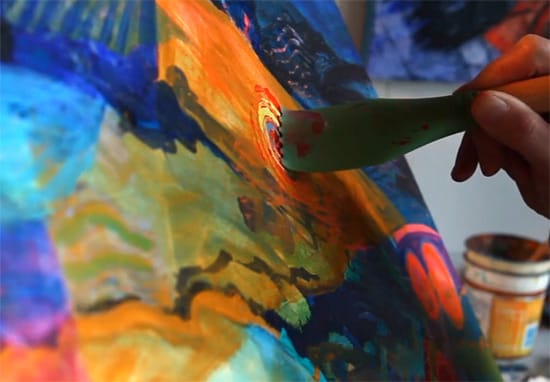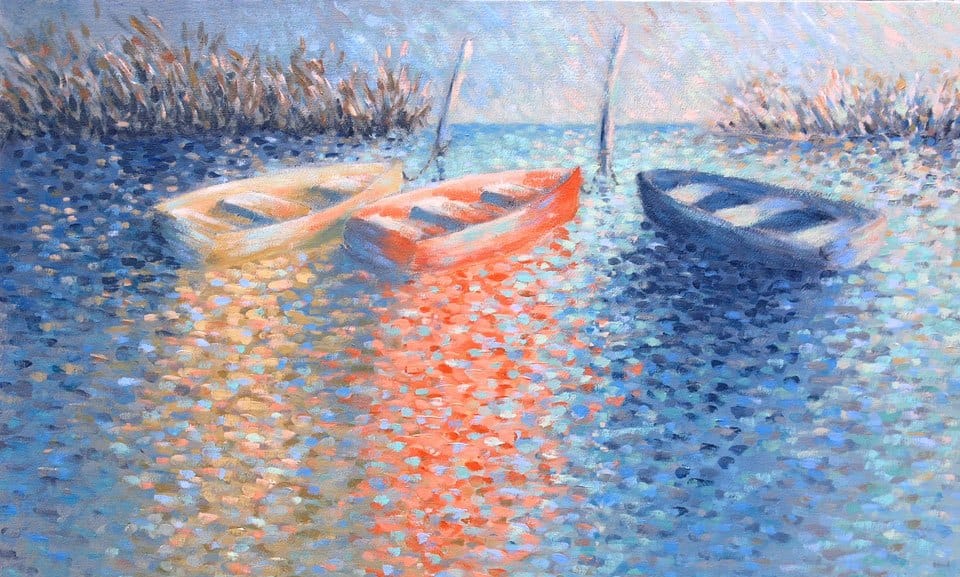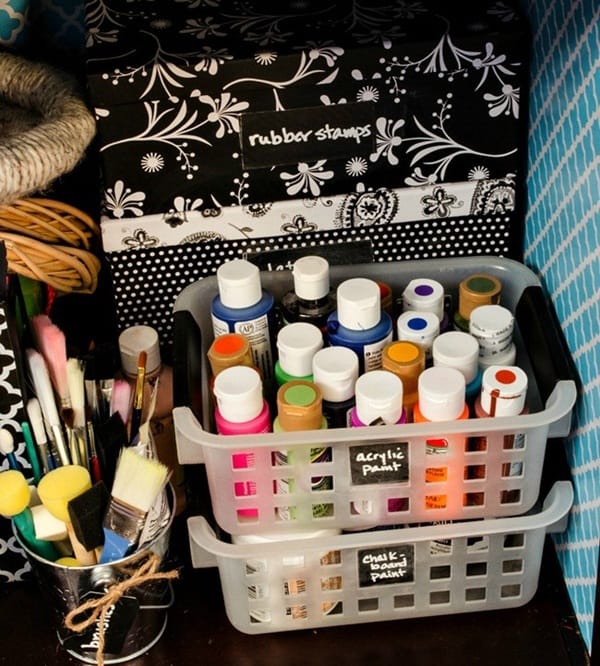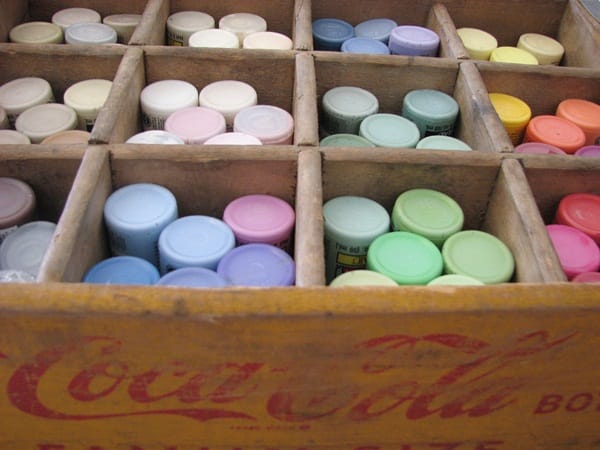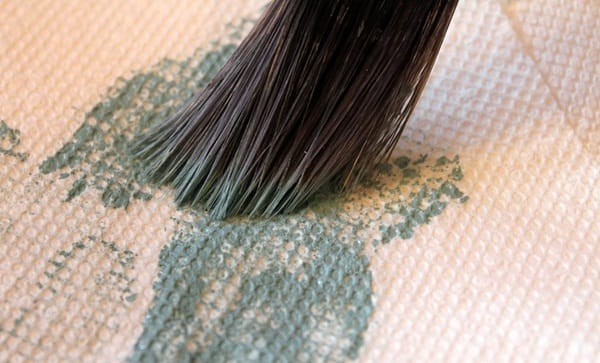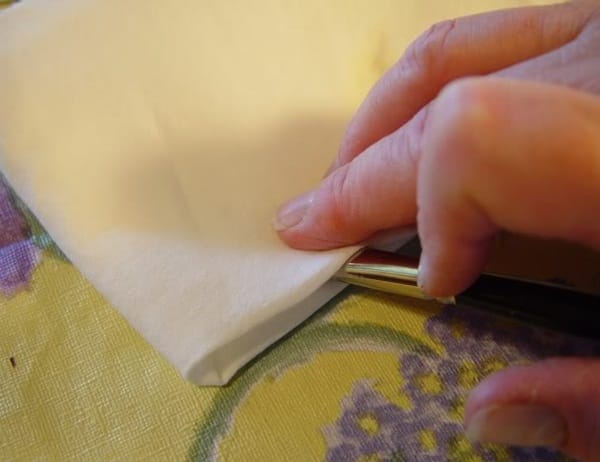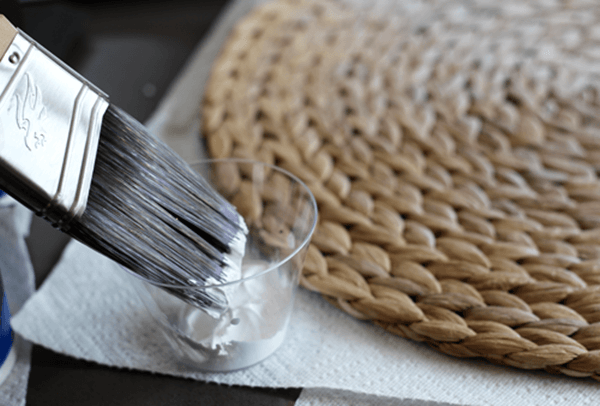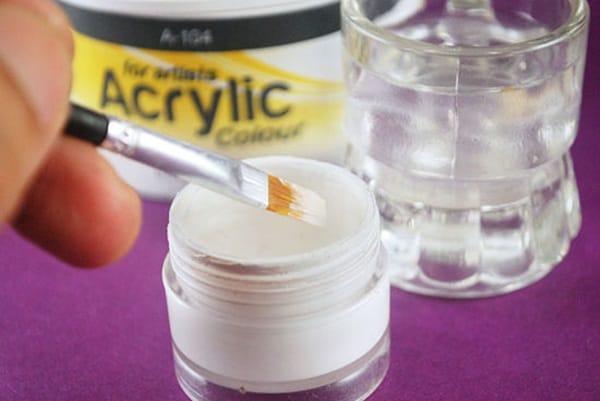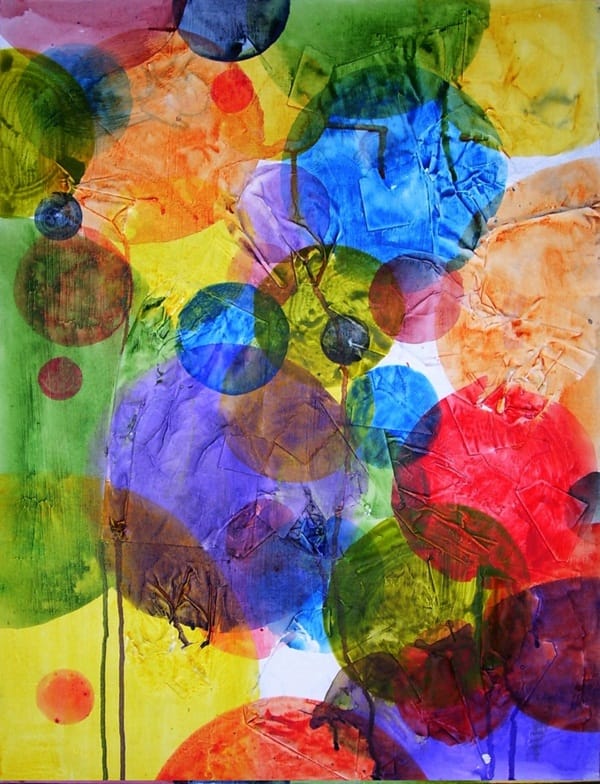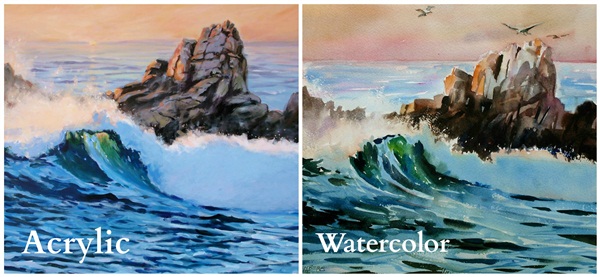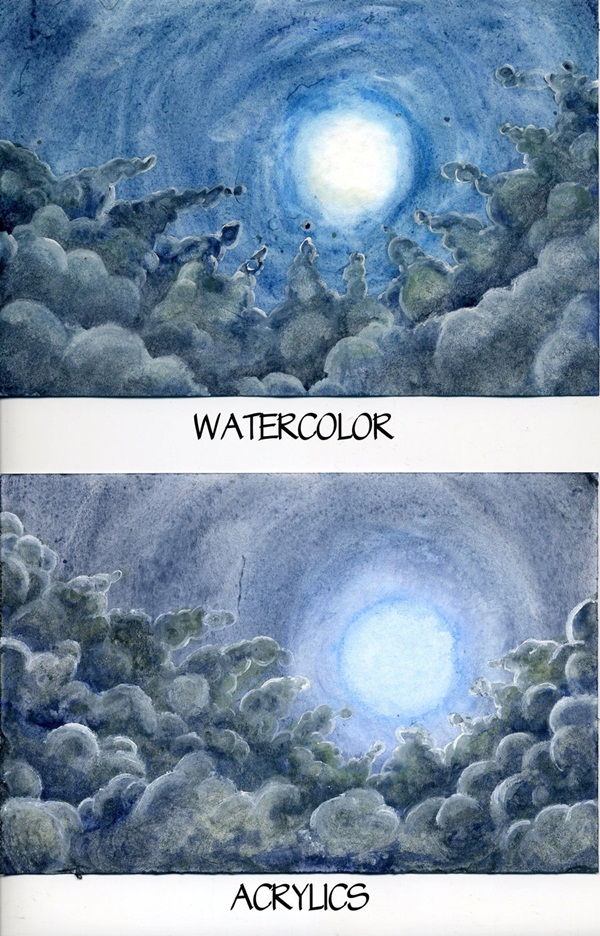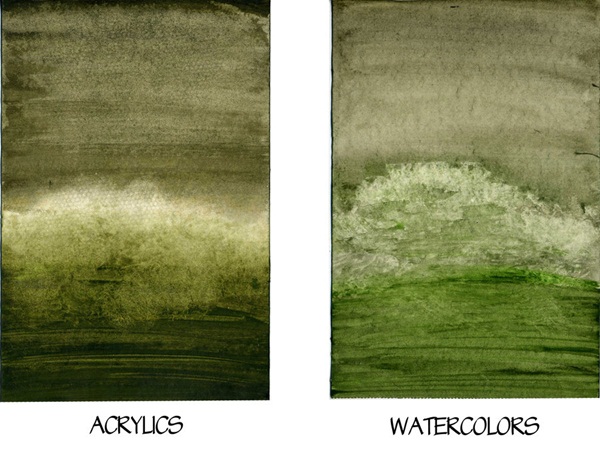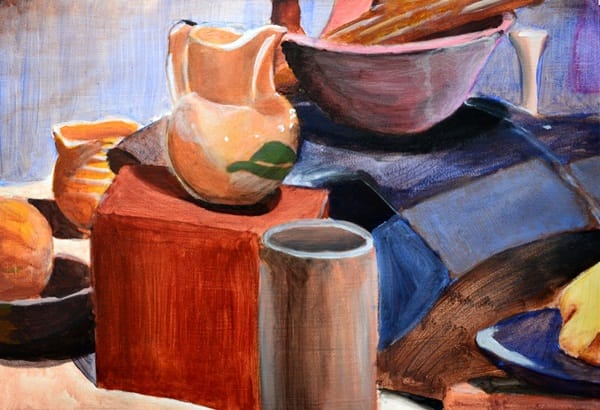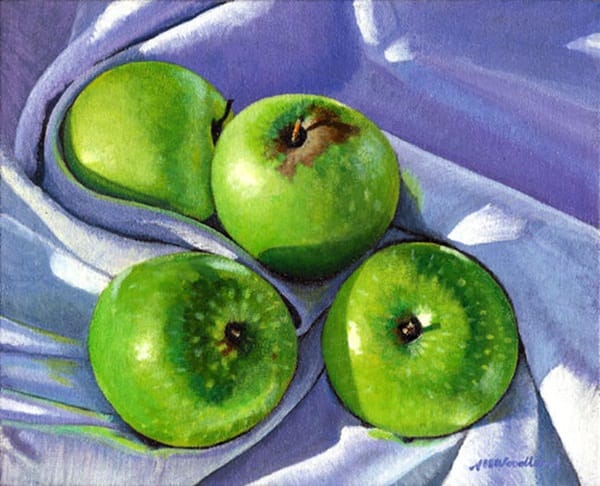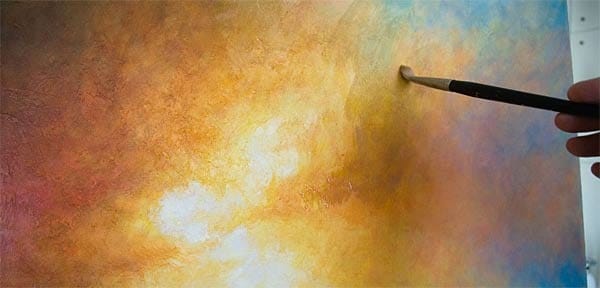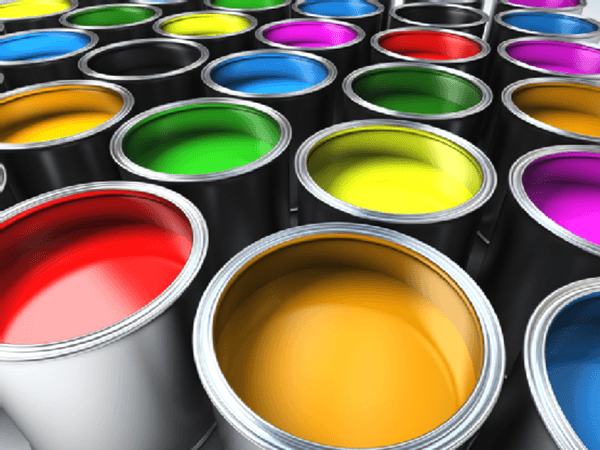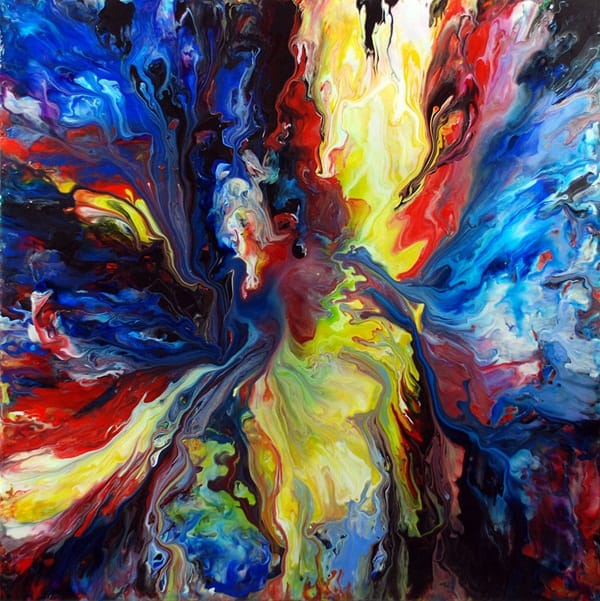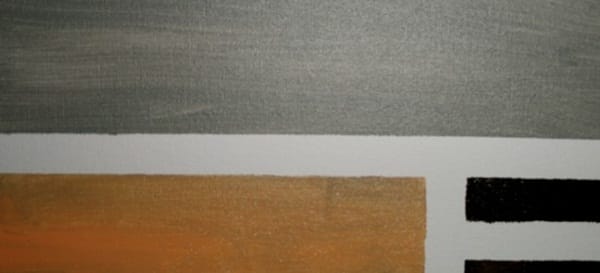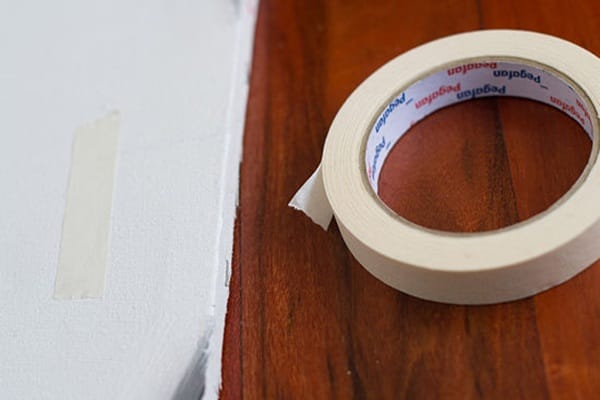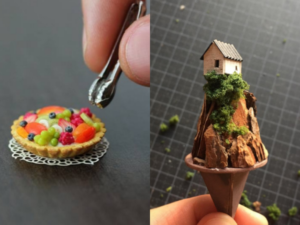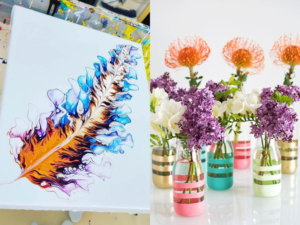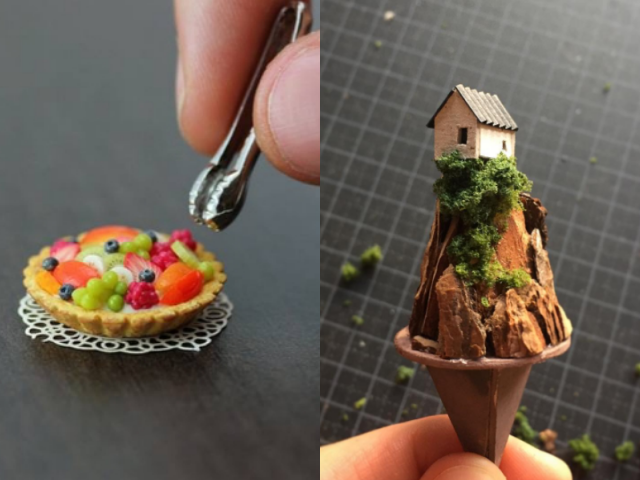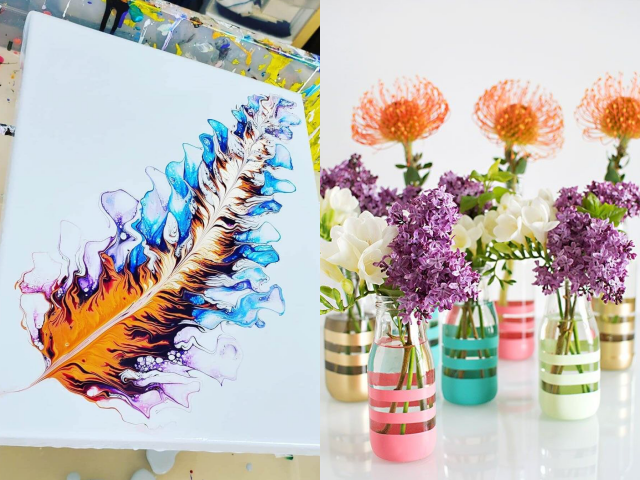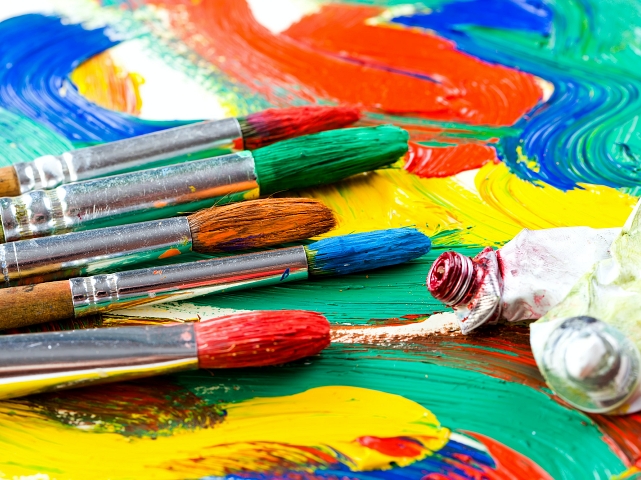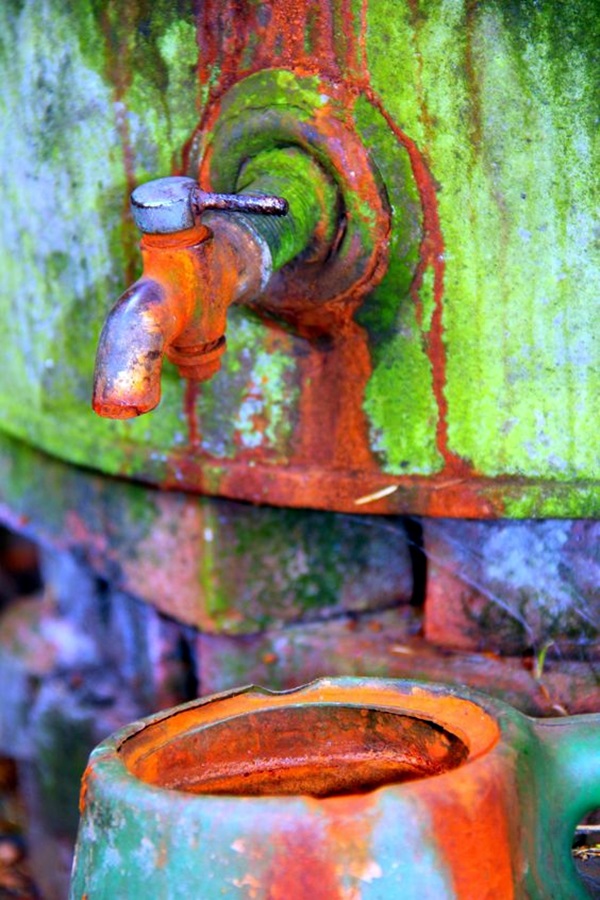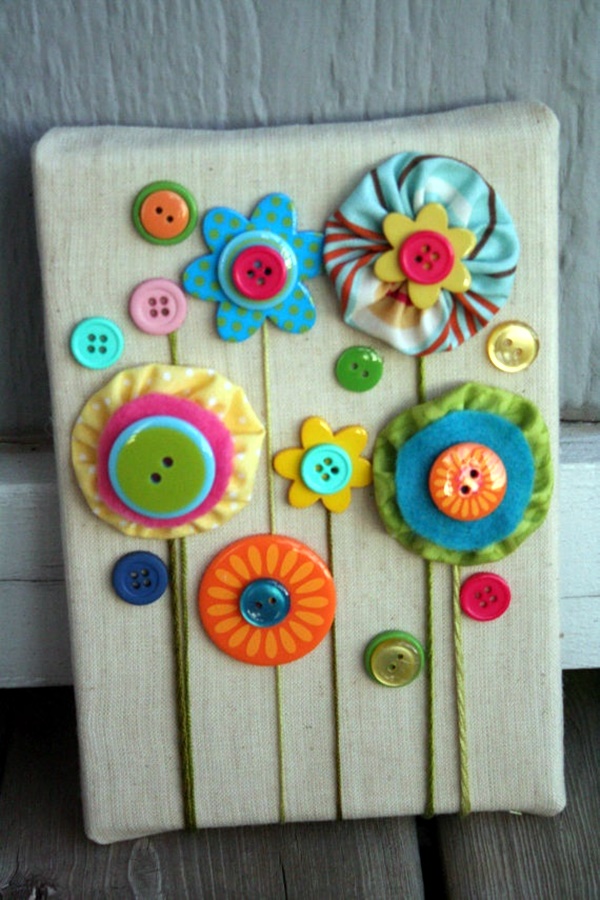If you have recently started working with Acrylics then you may be a little confused about how to use it and what are the qualities that it possesses. We will tell you what are the main qualities that acrylic paints that it possesses and the Acrylic Painting Techniques you can use to get the best results out of it.
Essentially Acrylic paints are water based and this means you can use water to dilute them instead of turpentine. They are non toxic and do have any smell. Since they dry pretty fast they are easier for people who like to fast to work with. But this can make correction of any mistakes a little difficult. Plus any colors that you mix on the palette may dry out faster. You ill find that cleaning the brushes is much easier. You can however counter this by using retarders and other methods.
The paint can also be diluted to a greater extent to have a watercolor like effect. This means that the acrylic paint is really versatile to use and can be used for many styles of painting. You can go for color that is very intense and thick or for lighter and thinner coats of paint. You will also find that are many methods of flow release that make these paints easier to blend,here are some Acrylic Painting Techniques. The range of effects and textures you can create using acrylic paints is really amazing. You have a choice of many additives that you can use to play around with finishes, effects and textures. You can use acrylic paint on various surfaces like canvas, paper or wood and even surfaces like clothes, pottery or even vinyl, leather goods and walls. Apart from brushes, you can use other tools and implements to apply acrylic paints to create artistic effects and pieces. You can finish of the artwork you have done with a glossy, smooth or matte look. You do not even require to put a glass cover for paintings made with acrylic paint.
Here are some tips to make things better while using acrylic paints:
Acrylic Painting Techniques
Storing Acrylic paints: Since these dry really fast, you should take out a smaller amount every time you use. Plus using a fine spray over the paint on the palette will keep it moist longer. You even get a special palette which has a piece of wax paper at the bottom for the paint to rest and a waterproof paper on top to keep it moist.
Blotting brushes: Keep a tissue or cloth with some water to wipe your brush after you wash them in water.
Transparent or opaque effects: To create an opaque effect with acrylic paint, apply them directly from the container or using little water. For a transparent effect mix it up with water and either paint it on or use a airbrush.
Comparison with watercolor: Acrylic paint dries pretty fast and is permanent, whereas watercolors are washable. When it comes to painting or adding layers on top of acrylic paint you will find it easy to do so but this may be a little more difficult with water colors
Glazing: Producing a thin glaze is something that is quite easy using acrylic and you can build up on these easily
Enhance the flow of paint without compromising the colors: You can do this by substituting the water for dilution with a flow improver
The best way to blend Acrylic Paints: Since acrylic paints tend to dry fast, the trick to working with these is to wet the paper or the surface to prevent this from happening and enabling rework.
Creating a hard edge: Since acrylic paints tend to dry and permanently bond, you can simply put tape on top of the dried layer of acrylic paint without any damage to the painted layer below. This ensures the creation of a hard or sharp edge. You can paint along the tape and remove it to create a sharp and clear line

